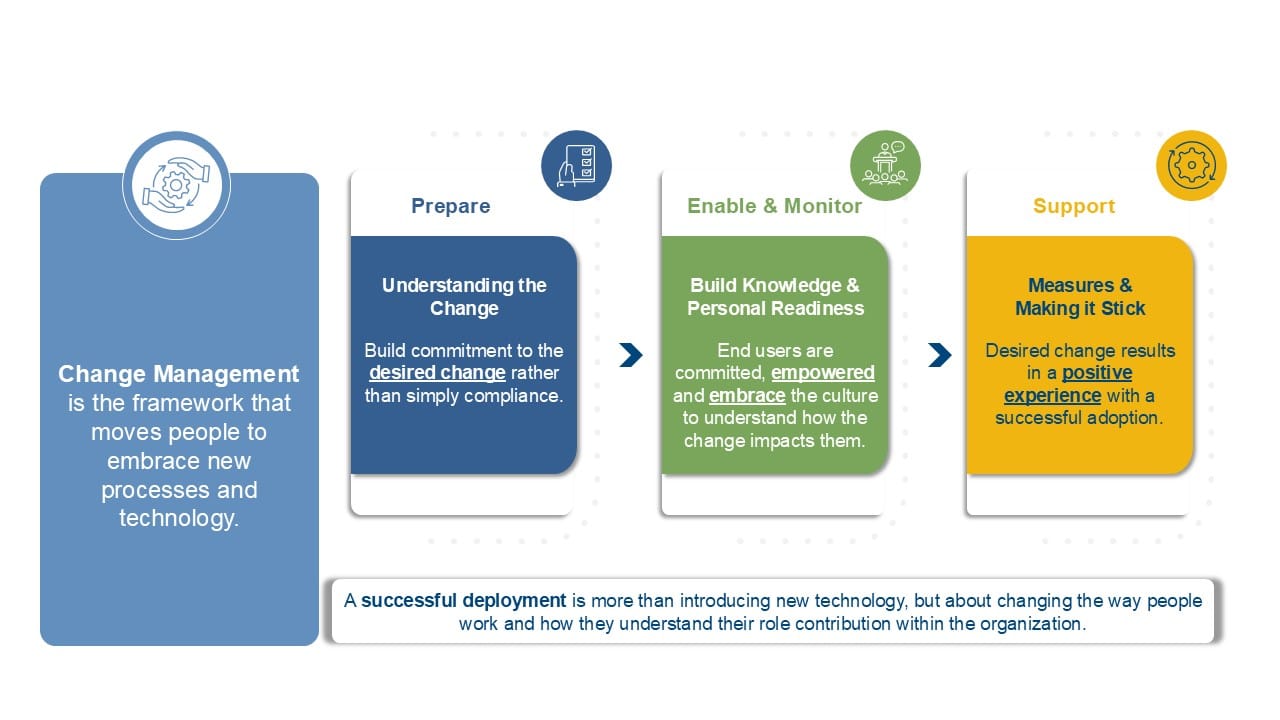Healthcare delivery organizations are facing numerous challenges amid increasing imaging volumes, strained capacity, and changing economic conditions. AI use in enterprise clinical imaging has a great opportunity to enhance clinical care, improve operational efficiency, and provide financial benefits to many healthcare provider organizations. The vast majority of FDA-approved algorithms for clinical use are in medical imaging, with recent focus on the brain, breast, lungs, and oncology. However, healthcare organizations often struggle to fully capture financial value from AI imaging solutions. Realizing compelling financial outcomes depends on having a comprehensive plan, investing in a solid foundation, and, most importantly, working with a trusted and experienced partner.
Elusive Financial Value
The tangible financial value of enterprise clinical imaging AI solutions can often be elusive. From a clinical perspective, the value of AI in imaging lies in its ability to improve diagnostic accuracy and timeliness. For example, radiologists, aided by advances in AI, can now catch serious conditions much earlier like pancreatic cancer, cerebrovascular disease, and respiratory abnormalities. The clinical value cannot be ignored. However, realizing tangible, predictable financial savings on clinical outcomes can be difficult, especially for organizations that are not adequately incorporating these AI imaging solutions into the existing ecosystem nor addressing education and change management needs.
Ideally, the goal is to leverage AI imaging solutions to improve diagnostic accuracy and clinical outcomes while also driving greater efficiency, such as enabling radiologists to better prioritize the most urgent studies and quickly treat the patient.
Enterprise clinical imaging AI solutions are primarily “unimodal” right now, meaning they focus on analyzing a single type of medical imaging data or identifying a specific condition in isolation. This limits improvements in efficiency because radiologists still need to check for other potential issues beyond what a given AI algorithm is designed to find. For example, a bone algorithm may identify a rib fracture for a patient involved in a motor vehicle accident while ignoring soft tissue or other bone structures.
“Multimodal” AI, which means simultaneously using multiple algorithms to check for multiple conditions, is not yet mature enough for widespread clinical use. In the interim, healthcare organizations should focus their AI imaging efforts on well-defined use cases for their patient population with a demonstrated ROI and/or clinical outcomes while simultaneously taking steps to lay the foundation for the future when multimodal solutions are more prevalent and proven.
Keys to Achieving Value from AI in Enterprise Clinical Imaging
There are keys to success that apply to any hospital or health system trying to achieve financial value from AI in enterprise clinical imaging – both now and in the future:
- Have a structured and deliberate plan for evaluating and incorporating AI imaging solutions. These continue to be chaotic times for AI in healthcare delivery. The market is flooded with AI imaging offerings, including individual algorithms, platforms, and marketplaces. No vendor offers a complete solution, and further consolidation among startups is inevitable. Healthcare organizations face the reality of having to make calculated bets on which vendor(s) will be the most viable partner. Use a checklist aligned with organizational priorities to help guide your decision-making on AI imaging investments.
Key Considerations for AI Imaging Vendor Evaluation:
- Solution Assessment
- FDA approval status and validation information
- Platform scalability and integration capabilities
- Current vs. future functionality roadmap
- Vendor viability
- Financial stability and market position
- Development team expertise and outcomes
- Strategic partnerships and industry relationships
- ROI Potential
- Implementation and ongoing costs
- Expected efficiency gains
- Measurable clinical and financial outcomes
Some questions include: How does your organization evaluate individual FDA-approved medical imaging algorithms versus AI imaging platforms? What factors do you consider when assessing an AI vendor’s potential longevity? What are your ROI projections for these tools, and how are the financial benefits derived?
- Execute a contract that protects your interests. For any AI imaging vendor your organization works with, a solid contract protecting the organization’s interests is critical. For example, how your data is secured, ensuring quality AI outcomes, protecting against algorithm degradation, and adding future algorithms. Ensuring that any AI vendor’s product sufficiently addresses your organization’s unique needs and workflows is also essential. Given that what most healthcare organizations want to buy does not yet exist (i.e., a viable multimodal enterprise clinical imaging AI solution), the priority should be on vendors that have a clear pathway and longevity towards a multimodal solution that integrates into your current workflows who can also deliver what your organization requires in the near-term.
- Take the time to invest in a strong foundation. Numerous challenges are exacerbating attaining the desired financial value of AI in enterprise clinical imaging. One is the standardization of data. The accuracy of AI algorithms can be influenced if data is not uniform and properly structured, leading to variation, quality issues, and “drift” over time. Additionally, adopting AI in clinical settings requires significant change management and education to ensure healthcare professionals fully understand the benefits and limits of these solutions and embrace the technology. As such, strong data governance, data standardization, education, and change management initiatives are all critical for success.

Applying and maintaining a common data ontology (e.g., RadLex and LOINC) is necessary for AI success. Healthcare organizations may need to evaluate current imaging systems and invest in technologies to help address this need to ensure reliable and quality AI outcomes.
- Ensure there is a defined feedback mechanism for tracking and managing AI tools. To help healthcare providers understand and embrace imaging AI tools, there needs to be a feedback mechanism to identify imaging studies where the AI tool did not fully meet expectations or provided an incorrect outcome (e.g., number of false positives, number of false negatives, other findings errors). This information should be used to evaluate and address any limitations and educate those using these solutions.
AI solutions in enterprise clinical imaging are not – and cannot be – “one size fits all.” The right services partner must know not only how a given algorithm or solution works, but also where and when your organization should use it and how to integrate it into your existing workflows. Realizing “quick wins” that generate short-term financial value and build trust among end users hinges on the ability to tailor an AI imaging algorithm to fit a specific patient population and your use cases.
The Bottom Line
Healthcare organizations need to look beyond individual AI imaging solutions and focus on achieving greater clinical value and financial outcomes to address current challenges and needs. AI in enterprise clinical imaging is best suited for well-defined use cases with a compelling ROI and/or clinical outcome.
Achieving clinical and financial value for AI in enterprise clinical imaging requires a comprehensive plan for evaluating vendors and investment in a solid foundation of data governance, standardization, education, and change management. When paired with AI imaging solutions, realizing financial value is improved, especially as AI imaging solutions evolve from unimodal to multimodal.
Perhaps most important is finding a comprehensive services partner with significant imaging experience, operations knowledge, and deep AI expertise who can help your team achieve a baseline level of value that you can actively build on over time. The right partner needs the experience and the expertise to help you navigate the chaotic AI imaging landscape as it evolves. They ideally will be able to work with you on everything that can impact value, ranging from education, training, change management, and adoption of the AI imaging solution.
Impact Advisors brings clarity to the ever-changing and complex enterprise imaging ecosystem. We provide greater integration, performance, efficiency, capacity, and certainty to meet your challenging clinical and business priorities and medical imaging needs.


